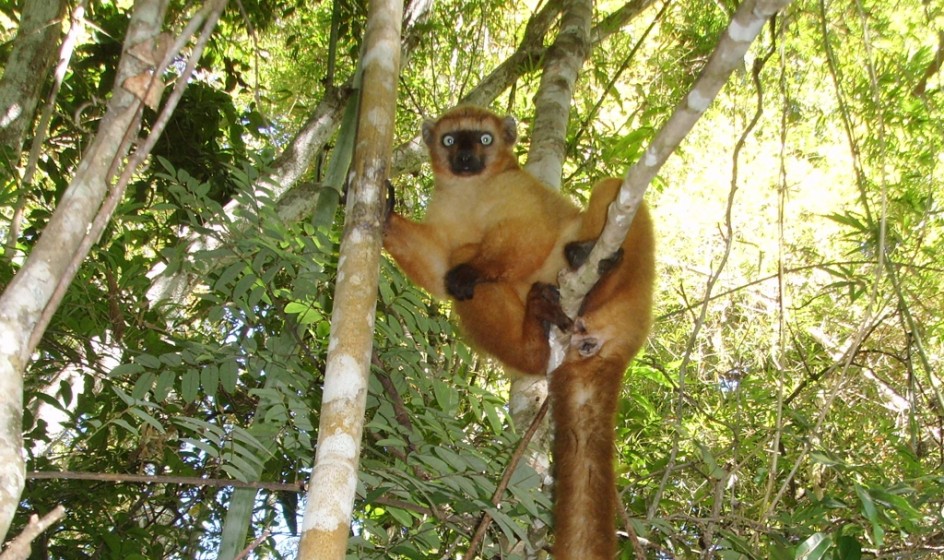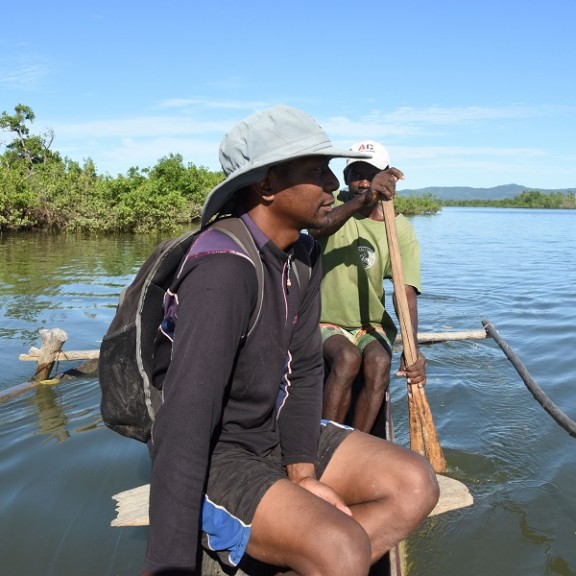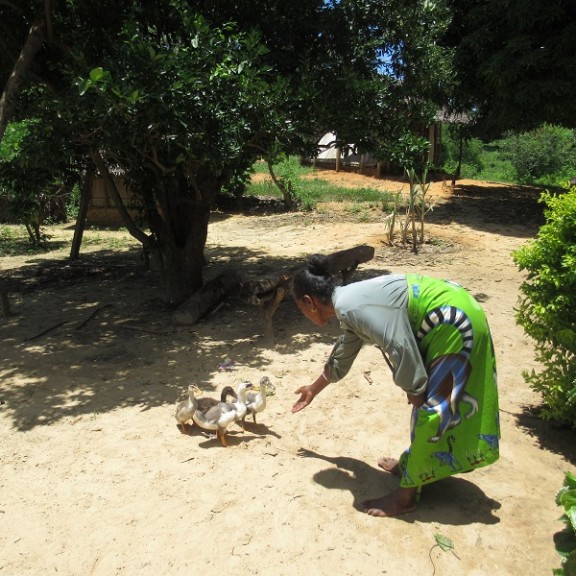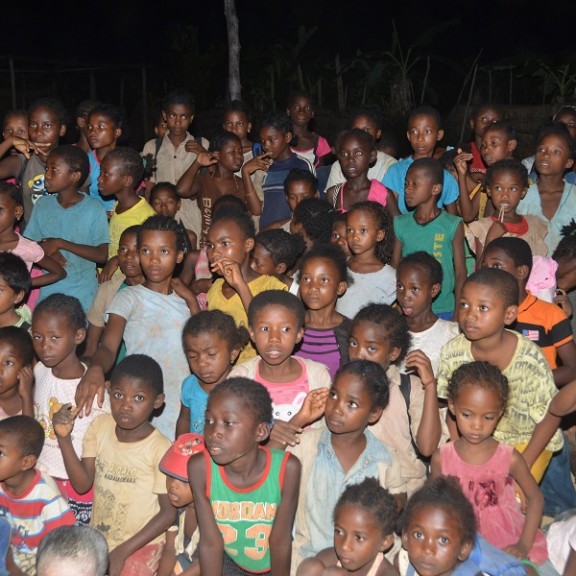

Malagasy Sacred Ibis
Enhancing long-term protection of endemic species: Blue-eyed black lemur & Madagascar sacred ibis
Madagascar is considered a hotspot for biodiversity and is one of the leading megadiverse countries in the world. The island is home to an exceptional variety of plants and animals, many of which are endemic. Despite this unique nature, Madagascar’s biodiversity is severely threatened, particularly by deforestation, slash-and-burn agriculture, and habitat destruction. Among the affected species are the Blue-eyed black lemur (Eulemur flavifrons) and the Madagascar sacred ibis (Threskiornis bernieri), two species that are the focus of this conservation project.
The conservation project, led by the Mikajy Natiora Association focuses on the long-term conservation of these two endangered species in the Sofia region. The Blue-eyed black lemur, found only in the northwest of Madagascar, lives in unprotected forests like the Andilambologno Forest, which urgently needs conservation efforts. The Madagascar sacred ibis, on the other hand, is restricted to mangrove habitats along the west coast, which are increasingly threatened by human activities.
The project relies on a combination of scientific research, habitat conservation, and active involvement of the local community. Population surveys provide current data on the species, while forest patrols reduce illegal activities. At the same time, alternative income sources will be promoted to reduce the pressure on natural resources. These include programs such as poultry farming and the cultivation of fast-growing crops like maize and rice.
In addition to direct species conservation measures, the project also aims to improve the well-being of the local population. Regular medical consultations are offered, and environmental education programs are conducted to raise awareness about conservation. As part of this initiative, seeds and livestock were distributed to 320 households in Mahitsihazo. A follow-up assessment yielded promising results: the agricultural crops are thriving, and poultry farming is showing initial success with new chicks.
By closely linking species conservation with sustainable development, this project creates a long-term perspective for the protection of the Blue-eyed black lemur and Madagascar sacred ibis, while simultaneously improving the living conditions of the local community. It is a model for effective conservation that benefits both people and nature.
Project info
|
Species |
Common name |
|
|
|
Threats |
|
|
|
|
Measures |
|
|
|
|
Partners (implementing / collaborating) |
|
|
|


Partner




